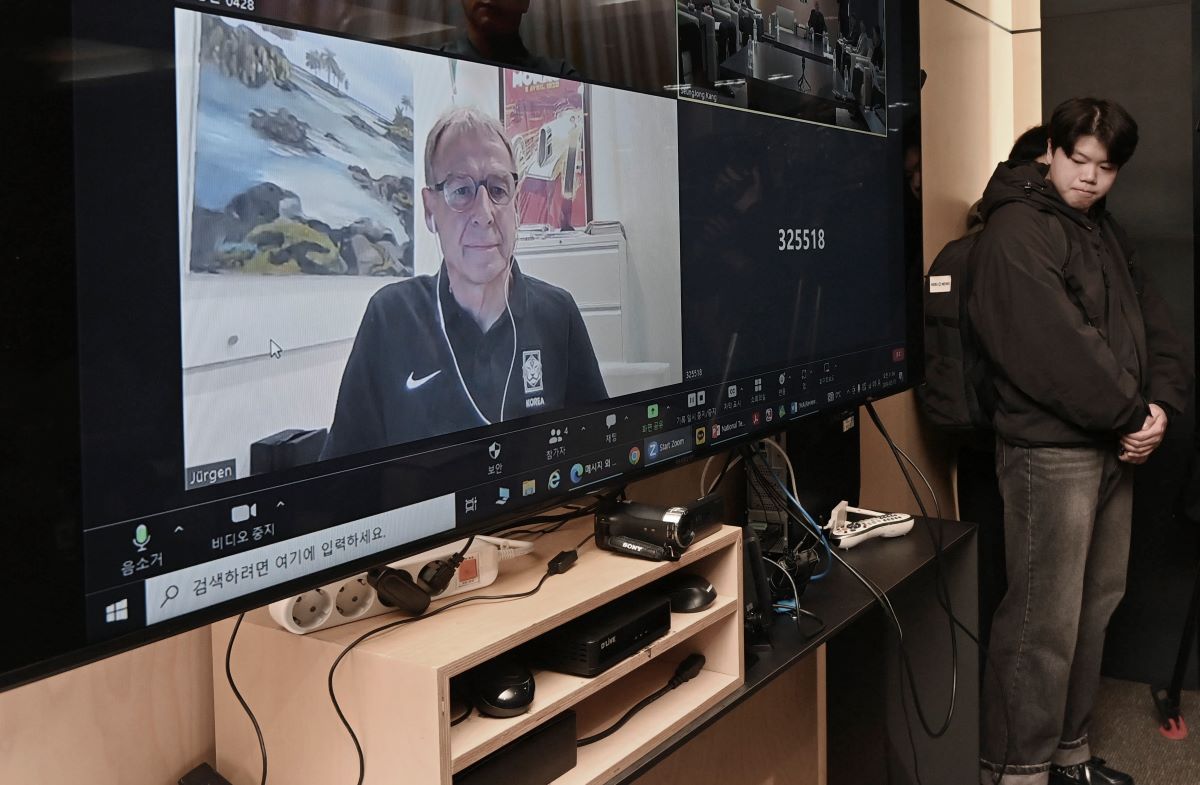A Swiss startup, Jua, has recently secured $16 million in funding to develop a foundational AI model for the natural world, with a primary focus on weather and climate patterns. The company aims to revolutionize how AI can be utilized in the physical world, addressing the increasing need for accurate modeling and forecasting in the face of climate change and geopolitical volatility.
Key Takeaway
Jua’s
6 million funding to develop a foundational AI model for weather prediction and the natural world marks a significant step in addressing the increasing demand for accurate modeling and forecasting tools, especially in industries directly impacted by climate volatility.
Revolutionizing AI in the Physical World
Jua’s ambitious project aims to create a large “physics” model for the natural world, starting with weather and climate prediction. The company plans to extend its applications to various industries, including energy, agriculture, insurance, transportation, and government sectors. The funding round was co-led by 468 Capital and the Green Generation Fund, with several other prominent investors participating.
Addressing the Need for Accurate Modeling
Andreas Brenner, Jua’s CEO, highlighted the increasing demand for more accurate modeling and forecasting tools, especially in industries directly impacted by climate volatility. The company’s goal is to provide a foundational model for the natural world, which could potentially lead to advancements in artificial general intelligence.
Setting Itself Apart from Existing Models
Jua believes that its model sets itself apart from existing AI models, boasting a 20x larger dataset and the ability to ingest a wide range of information, including satellite imagery and topography. The company aims to streamline the predictive modeling process and reduce operational costs significantly.
Implications and Future Prospects
Jua’s endeavor to build an AI model for understanding the physical world holds significant potential for various industries, including disaster planning, energy, agriculture, and environmental conservation. The company’s approach could potentially be applied to a broader set of challenges in material science, biomedicine, and chemistry.

























